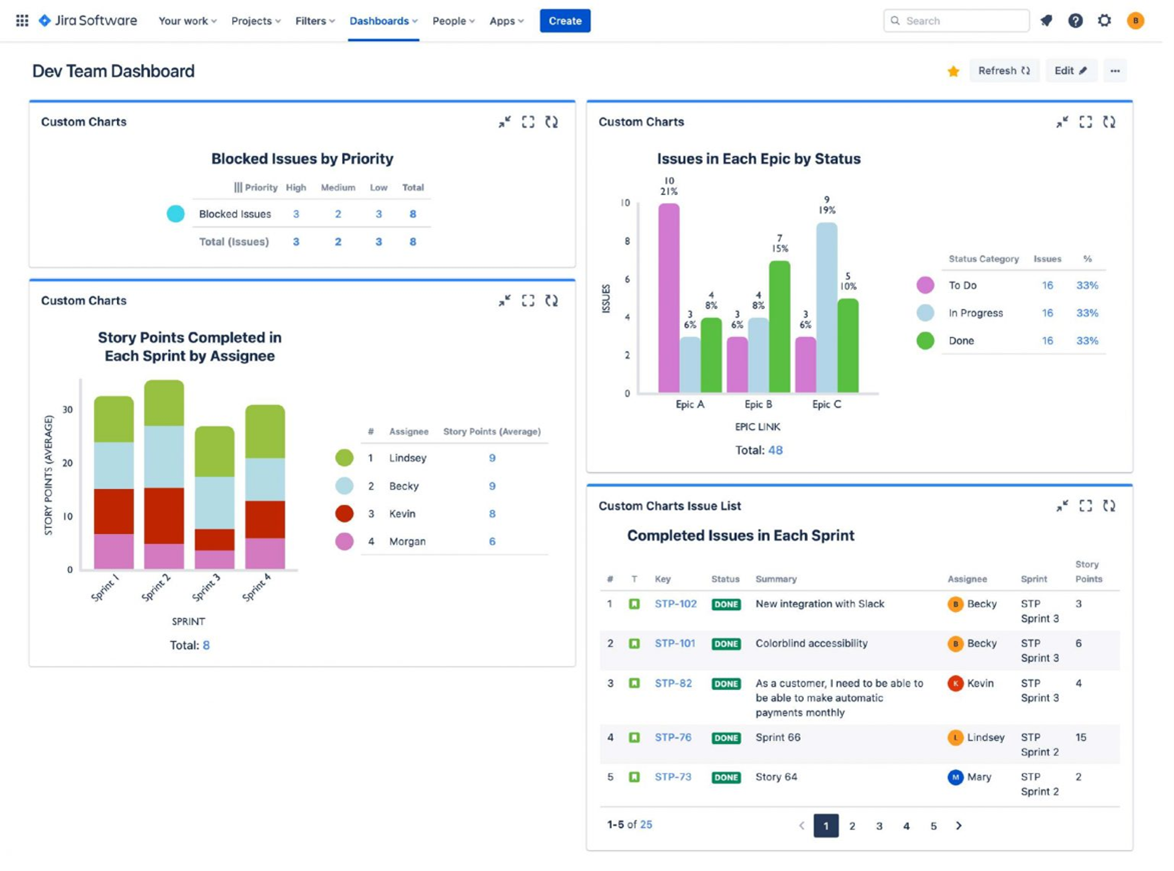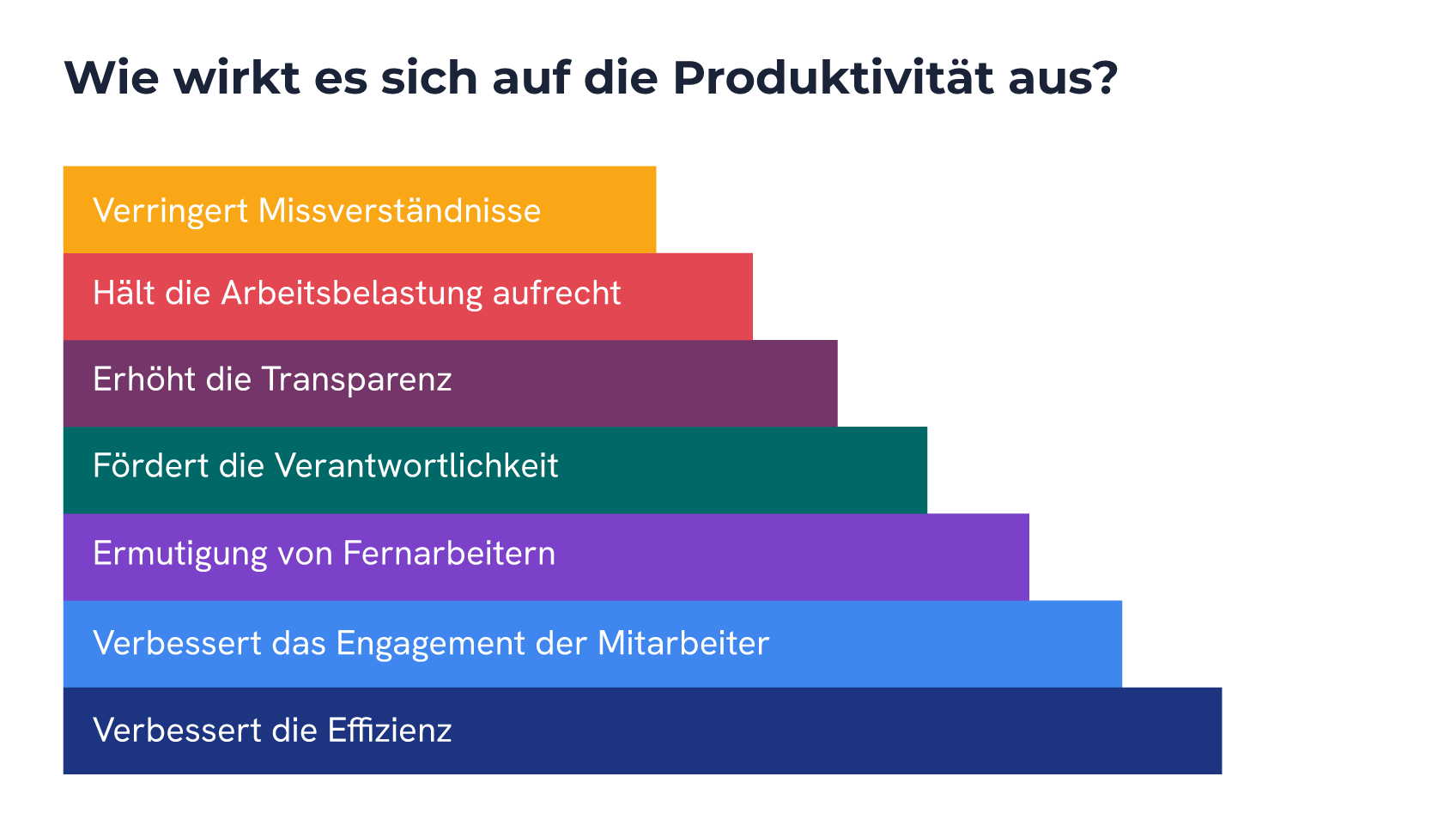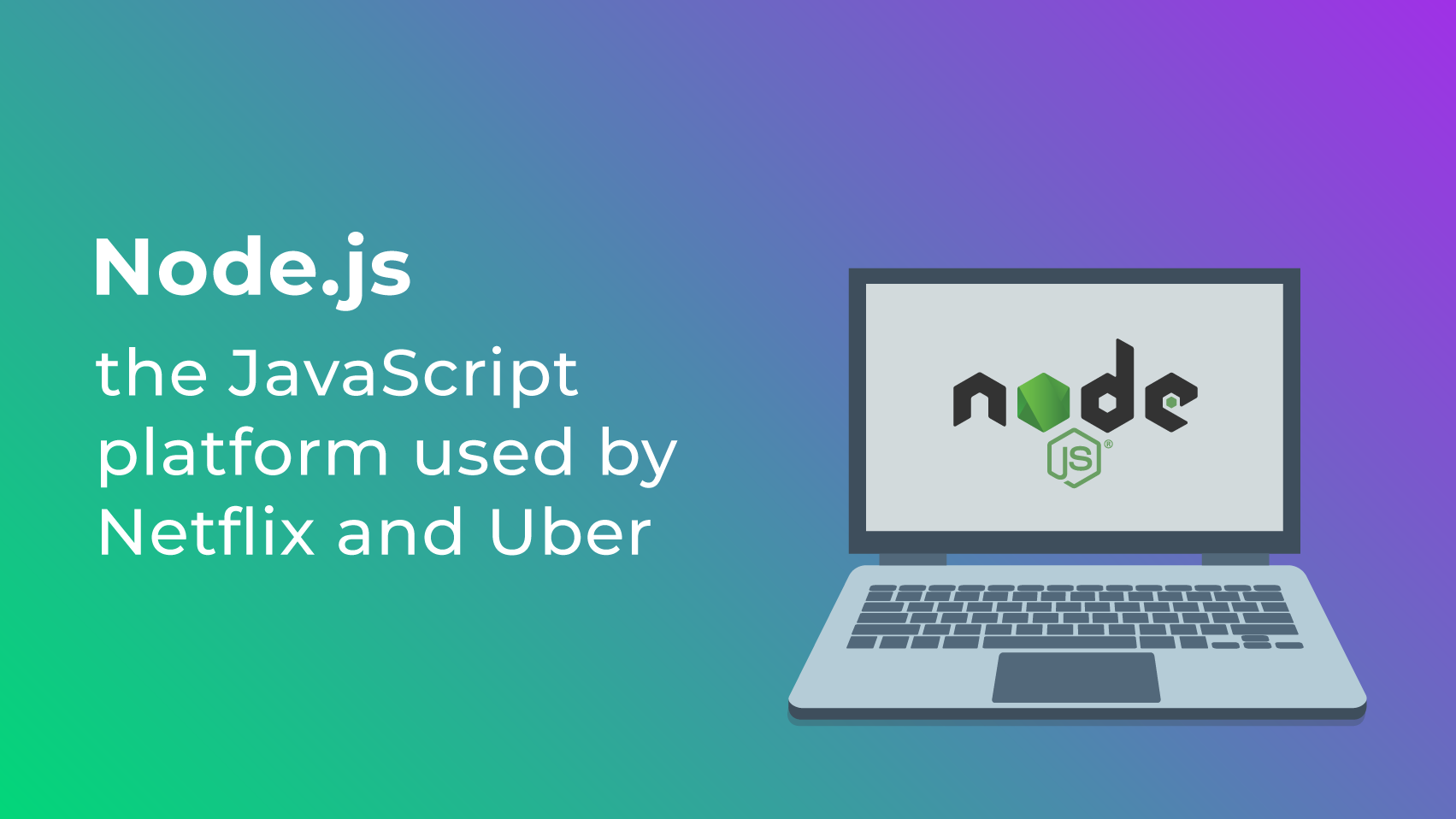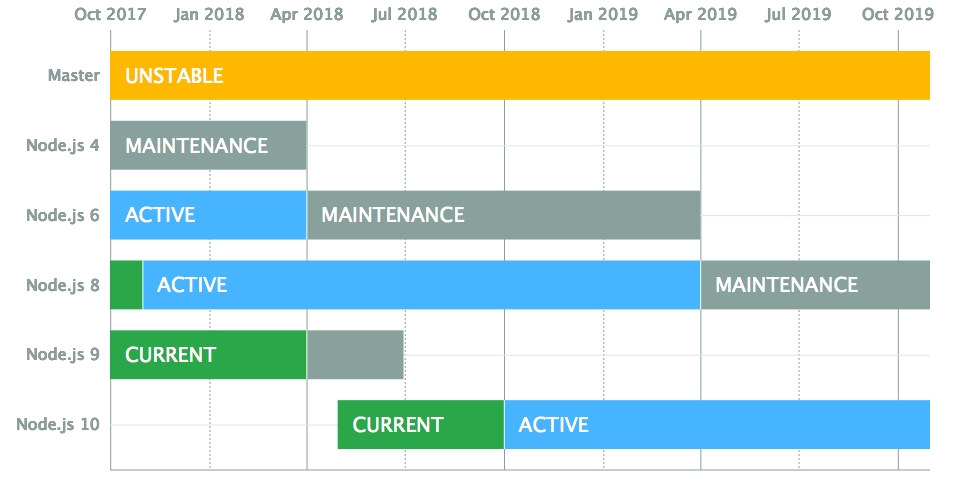5 SECONDS-SUMMARY:
- Using project management tools like Jira is crucial for elevating the efficiency of business teams by organising tasks and projects in a personalized manner;
- This tool is useful for areas such as Human Resources, Marketing, and Customer Support. It facilitates the management of audits, recruitment, marketing campaigns, content creation, and customer complaints;
- Jira promotes clear communication among all team members and automates repetitive tasks, allowing them to focus on more important activities.
Elevating efficiency, productivity, and collaboration are essential elements in a competitive and dynamic business reality. Business teams increasingly face the need to manage projects efficiently, ensuring that all stakeholders are involved and aligned with organizational goals.
In our current professional reality, we know resources are scarce – time, money, knowledge, etc. – and we need to employ efficient tools to support organisations with managing their work effectively via collaborative solutions.
As such, project management tools are central to the success of any organisation. Atlassian’s Jira Software, well-known by software development teams, is equally powerful for business teams. However, maximising the productivity of different business teams does not begin and end with implementing tools like Jira.
Achieving operational excellence is a journey where the first step should be assessing the challenges teams face, so it is possible to understand how to optimise their processes. This way, it is possible to map the tool according to the work methodologies that best suit the reality of these teams.
How Jira transforms business teams
Jira is a versatile collaboration platform that adapts to different contexts and organisational needs. One of its goals is to facilitate task management, from the simplest tasks to the most complex projects. Its flexibility allows for a complete customisation of different features, so it is possible to transform and support various work methodologies across different industries and departments, whether it’s Human Resources, Marketing, Finance, or others.
Jira, with its high adaptability and customisation options, helps transform the processes of different business teams:
Compliance:
- Audit management: Measure and manage the progress of audits, including planning, execution, documentation of results, and recommendations – in real time and with the progress of different audits simultaneously visible.
- Documentation management: Create, review and approve documentation related to specific regulations.
Human Resources (HR):
- Performance: Configure and track performance evaluation cycles, recording feedback to define goals for employees.
- Recruitment: Manage the recruitment process, from the different open positions, monitoring of on going applications and respective follow-up interview and selection stages.
Marketing:
- Campaign management: Plan and monitor marketing campaigns, from the ideation to execution and the analysis of results.
- Content management: Coordinate the creation, review, translation and publication of content, facilitating collaboration between various team members involved in the process (designers, content writers, reviewers, SEO specialists, translators, etc.).
Customer support teams:
- Complaint management: Create, prioritise and monitor complaints to ensure the situation reported by the customer is followed through, from its opening to its resolution, guaranteeing a quick, efficient response.
- Automation: Configure automation rules for highly common situations, such as complaint escalation rules, automatic notifications for pending situations and automatic status updates, to improve operational efficiency.
Jira has a wide range of features: at a more operational level, you can create tasks, set priorities, define delivery deadlines, assign different responsibilities and track the progress of different tasks.
On a collaborative level, one of main benefits of the tool is to facilitate and promote clear and effective communication among different members of a given team and department. Through features like comments, document attachments, mentions and real-time notifications, it is possible for all stakeholders to be updated with the latest information and decisions on specific projects.
This real-time monitoring is essential for teams to stay on track with delivery deadlines, prevents information from being dispersed over space and time, and avoids misunderstandings.
For team leaders, Jira promotes a completely cross-sectional view of all the tasks of a given project and empowers them to make more informed decisions based on task progress, team capacity, dependency with other departments, etc.
It is also possible for different business teams to create Kanban boards, containing customised information, giving a clear and direct view of the status of projects. Within these boards, you can then choose what type of information is displayed, whether it is who is responsible for the task, the deadline, dependencies between tasks and other category types, such as business area, budget, etc.

Example of a Kanban board with an overview of tasks and their status (to do, in progress, in review and done).
In addition, teams can build dashboards to serve different purposes. Project managers, for example, can configure dashboards that provide critical information about different projects. Whether it’s a list of pending tasks, the progress of different initiatives, imminent deadlines, or task distribution by employee or business area, dashboards can facilitate day-to-day management and inform decision-making.

Example of a personalised dashboard with information on a project: task count by priority, tasks distributed by status, sprints with associated effort rate per collaborator and completed tasks per sprint.
No less important is the ability to automate highly repetitive processes. In an era where efficiency is key, automation is crucial. Through automation, different business teams can configure Jira to perform certain actions automatically. Whether it’s updating a task status, assigning tasks based on different changes, sending notifications, or requesting approvals, automation allows employees to focus on delivering higher-value activities, raising team productivity.
These are just some of the features Jira currently offers teams, enabling them to centralise tasks and build a collaborative work platform focused on productivity, efficiency and transparency.
At Xpand IT, we believe that adopting Jira goes beyond implementing a project management tool: it involves questioning old processes that perpetuate inefficiency, discovering new work methodologies, and empowering different teams with the technology and solutions needed to enhance productivity, improve collaboration, and increase the quality of project delivery.
Contact us to support your team in this transformation process.






















